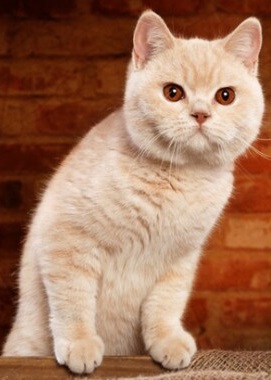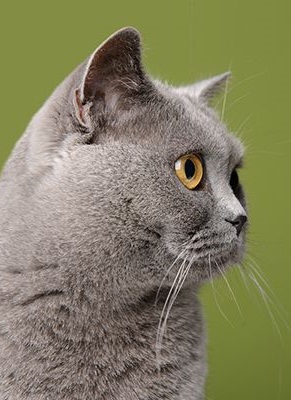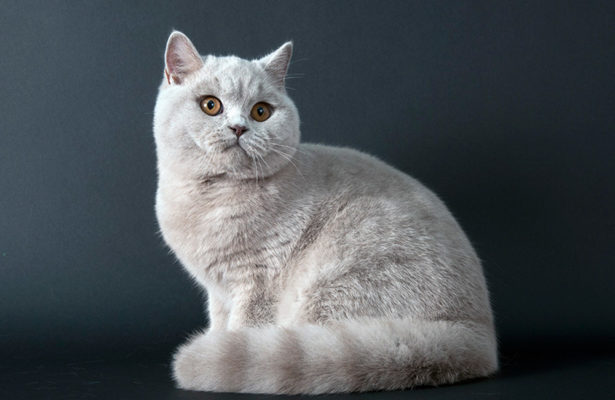British Shorthair
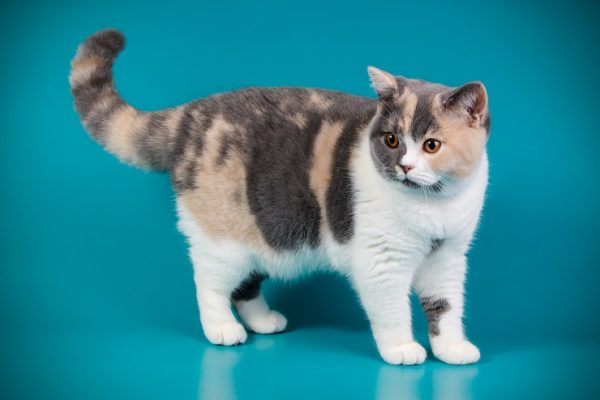
A quiet, calm, and somewhat lazy life is what the British Shorthair cat likes. Representatives of the breed are very fond of a languid and measured lifestyle. They would rather lie on the couch for hours than run around the apartment tirelessly. But despite this, the British cat will get along with children.
Table of Contents
Breed Information
| Origin | United Kingdom |
| Size | Males 29-33 cm Females 28-30 cm |
| Weight | Males 6-9 kg Females 4-6 kg |
| Fur Type | Short-haired |
| Color | Any color variations are possible |
| Lifestyle | Outdoors, indoors |
| Lifespan | 12-17 years |
| FIFe Classification | Category III: “Short-haired and Somali” Breed designation – BRI |
| WCF Classification | Group 3: “Short-haired” Breed designation – BRI |
| TICA Classification | BS |
| Group | Short-haired cats |
| Price | $1500-2000 |
Breed Photos
Origin History
The British Shorthair is a very recognizable breed of cat. According to ancient references, the breed came to the lands of Great Britain with the Roman colonizers. While the Romans were settling in a new place, fortifying their camps, their pets were given a life of their own. This is how the British Shorthair character was formed – it has always been serious and slightly aloof.
Peasants valued the breed for its developed hunting instinct, constantly using the cat to catch rodents. It was also much loved by the aristocracy for its unsurpassed appearance.
The British Shorthair was first recognized in 1870. And in 1871, the breed was presented at the National Cat Show in London. What is remarkable, the show showed a British Shorthair of black color. After the show, the breed became popular. Breeders went to work to create many new colors.
Fans of the breed roamed the shows until 1900, thereby increasingly popularizing the British Shorthair cat. It was the peak of the breed’s popularity. The British Shorthair was portrayed in paintings and taken along on trips, bragging about the cat to their acquaintances. And the famous writer Lewis Carroll chose the Brit as the prototype for his Cheshire Cat from Alice in Wonderland.
After World War I, the number of British Shorthair breeds declined significantly. For many years, enthusiasts worked to restore the breed. Perfect individuals were not crossed with other breeds, which helped preserve the British cat’s unique appearance. The American Cat Association recognized all the colors of the breed in 1976.
Appearance
Once you see a British Shorthair cat, you will want to get one at home. A British Shorthair cat is a model of nobility and independence. The cat is of medium size and strong build. Its head is massive and round. The muzzle of the British Shorthair is slightly smoothed. The British’s hallmark is their thick fluffy cheeks, as well as rare folds on the belly and neck. The large eyes most often echo the color of the coat. They are usually amber-yellow, but blue or emerald can occur. The gaze of the British cat is piercing and attentive. The tail is fluffy, medium length, and slightly rounded at the end. The limbs are very compact.
The main advantage of the British Shorthair is her beautiful coat. It looks and feels as if it is plush. This effect is achieved because the wool throughout the body and the undercoat is the same length. Wool is short but bunched and thick. There are about 100 kinds of permissible colors. The most popular colors are as follows:
- solid (gray-blue, blue, black, mauve, chocolate);
- tabbies and silver tabbies: spotted, marbled, striped;
- cream, tortoiseshell, chinchilla.
Character
A quiet, calm, and somewhat lazy life is what the British Shorthair cat likes. Representatives of the breed are very fond of a languid and measured lifestyle. They would rather lie on the couch for hours than run around the apartment tirelessly. But despite this, the British cat will get along with children.
The British Shorthair loves the attention of all family members, without exception. Moreover, this applies even to dogs. Imagine they are in a great relationship and easily get along in the same territory. To strangers are treated with distrust. Suitable for someone who often “disappears” at work – British will find something to do in your absence. British Shorthair marks the boundaries of personal space and will not impose.
Care
A British Shorthair is quite unpretentious in everyday life. To keep its hair in a luxurious look – you need to brush it every week. It is recommended to use a metal brush with rounded teeth or a brush with natural soft bristles.
You should bathe your pet once every few months. Be sure to use a special shampoo to prevent the pet’s coat from becoming rough to the touch. Brush its teeth, clean its ears and trim its nails once every two weeks.
Education
Unfortunately, the independence of a British Shorthair is not always a plus. It is better to educate and socialize the cat from an early age – from about four months. Here you will have to be persistent and understand that you are the authority and that she can trust you. A British Shorthair needs about five years to reach full physical maturity.
Common Diseases
Long studies of the breed have shown many hereditary diseases that can be characteristic of the British Shorthair:
- polydactyly (a mutation that occurs at birth and includes more fingers);
- polycystic kidney disease;
- obesity;
- hemophilia B (lack of blood clotting);
- hypertrophic cardiomyopathy.
Nutrition
Because British Shorthairs lead a passive lifestyle – you will have to watch your pet’s food intake more carefully. They have an excellent appetite and are prone to being overweight. Their diet should be free of fatty foods.
Do not feed your pet “off the table”. Not only do you risk putting on extra pounds, but also health problems. A ready-to-eat menu is a good choice for a medium-sized cat’s dry cat food.
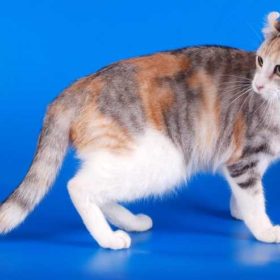 American Curl Shorthair
American Curl Shorthair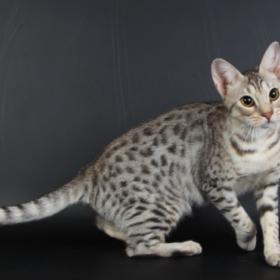 Australian Mist
Australian Mist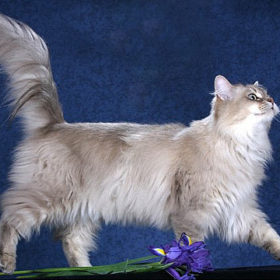 Chantilly-Tiffany
Chantilly-Tiffany Thai
Thai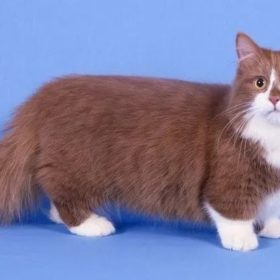 Munchkin Longhair
Munchkin Longhair Japanese Bobtail Longhair
Japanese Bobtail Longhair